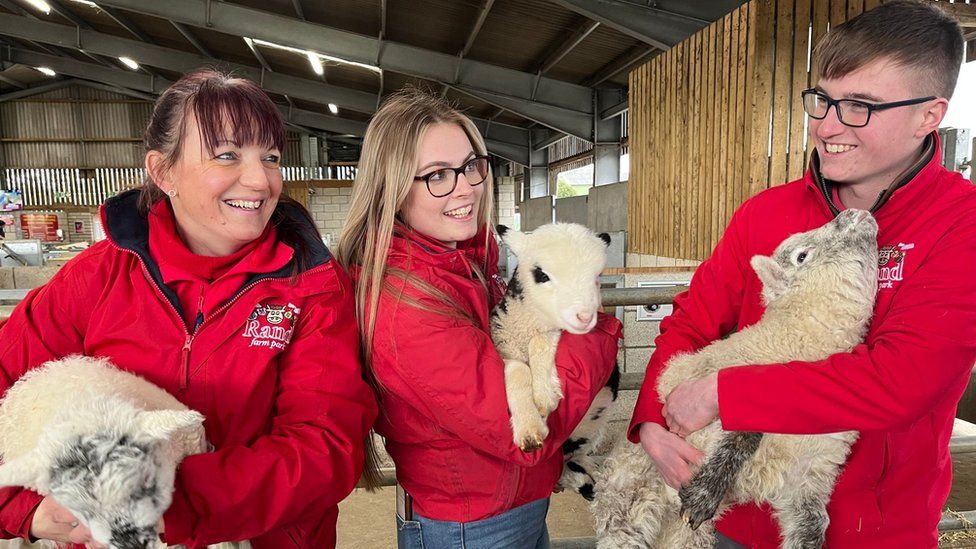Sheep delivers triplets with different fathers at Market Rasen farm
Sheep delivers triplets with different fathers at Market Rasen farm
The triplets seem unconcerned about their parentage
A sheep has given birth to triplet lambs with different fathers at a farm park in Lincolnshire.
Nathan Brickwood, from Rand Farm Park, near Wragby, said when they were born it was clear the lambs were a different breed to their mother.
The oldest work in our collection? Ewe guessed it—it’s this Sumerian sculpture from c. 3300-2900 B.C.
This realistic ewe’s head probably comes from a full sculpture of a sheep that was most likely displayed in a temple, but its precise ritualistic purpose is unknown.
Sacred lambs are associated with the mother goddess, Ninhursag, and it has been suggested that the ewe symbolizes Duttur, the mother of Dumuzi, who was an important god of milk, sheepherding, and the netherworld.
Please note that this work is not currently on view. Learn more about it: https://kimbellart.org/collection/ap-197938
__
“Head of a Ewe,” Sumerian, c. 3300-2900 B.C. Kimbell Art Museum




沒有留言:
張貼留言